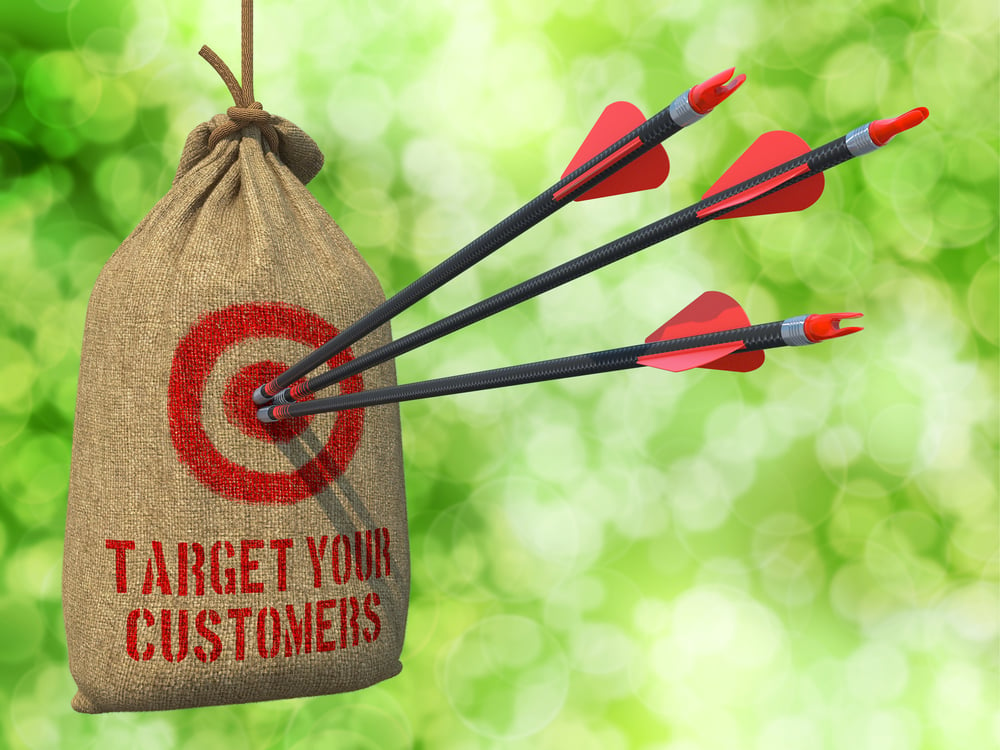Cause Marketing 101: How to Use It To Build Brand Trust
Cause marketing is the latest addition to the digital marketing menu. Brands looking to build...

The world is at consumers’ fingertips. They can get just about anything delivered fast and free with just a few clicks, so standing out among the competition can be challenging. Creating a distinctive, recognizable brand is the best way to differentiate yourself from your competitors.
Developing a strong brand generates interest, attracts new customers, and provides a consistent strategy. Companies with strong brands see the process of branding as an investment, instead of a hassle, and understand that it’s a vital component of generating long-term revenue. Top brands like Microsoft, Disney, and Google radiate success, trust, and value, all through a successful brand strategy.
That doesn’t happen with constant promotions or having the cheapest products—building a brand on discounts gains market share, but begins a devastating race to the bottom.
So, do you want to be the Chanel of your category, or Wish?

Branding takes a lot of work, such as testing brand names, trademarks, and brand assets. While this may require investments of time and resources, it pays off in long-term profitability.
In a consumer market, a brand influences whether consumers will buy a product or service and holds elements of value, quality, and trust. When the foundation of a brand is solid, you can branch out into product line extensions and new products without starting over from the bottom.
For example, Starbucks Corporation, Unilever, Apple, Inc., the Coca-Cola Company, and Procter & Gamble all leveraged strong brand foundations and brand equity to scale brands, launch new products, and enhance their marketability under sub-brand names.
Brand strategy can help a business gain customer loyalty, leverage premium pricing, and mitigate the risk of losing market share to competitors. Strong brands also have more effective targeting and positioning.
If you can create a positive brand experience, customers are more likely to continue using a product or service. Loyalty causes customers to stick with a familiar, positive brand with less sensitivity to price. So, even if your competitors’ products are better or cheaper, loyal consumers will be more likely to purchase your products.
Brands are often associated with a strong identity and a perception of value. For the consumer, this means they can trust the brand’s products, even if they’ve only used different products in the past, leading to less time in the research and consideration phases.
Disney is an excellent example of solid brand recognition that can lead to revenue growth over time. By fostering connections, demonstrating consistency, creating a unique and recognizable brand identity, and telling engaging stories, Disney created a brand that has lasted nearly a century.
While profit is always the goal of a business, it can be accomplished through investment in branding, people, products, and content.
Brand success isn’t limited to multinational corporations—small businesses can build engaging brands with exciting storytelling, clear messaging, and an identity that connects with the ideal audience.
At its core, a brand is a business’s identity. Distinctive brands stand out from competitors with clear, cohesive messaging, recognition, and perceived value. Positive impressions of the brand can be communicated through marketing campaigns, promotions, and positive brand reputation.
A brand campaign is a marketing initiative that seeks brand awareness in the ideal audience. A brand campaign puts the brand story and message out into the world to increase brand awareness.
Here are some tips for launching a brand campaign:

Trying to appeal to a broad audience may seem like the best tack, but it could lead to your messaging resonating with no one. Campaign messaging should be targeted to the ideal buyer to ensure that it captures their attention.
Before you start your campaign, create detailed buyer personas and develop your understanding of the ideal customer. Use this information to create engaging, valuable, and relevant messaging for your campaign.
Whether you hone it or not, your brand has a reputation. Brand positioning is all about controlling the conversation about your brand and reputation to ensure you show what’s unique and special—different than your competitors. While the messaging you choose may vary, make sure you have a clear, defined position that informs your marketing campaigns.
Brand campaigns can convey multiple layers of value and meaning, but you can’t expect customers to get all that from an ad or campaign. Refine your message and include a clear, concise call-to-action phrase. Your brand campaign should tell your customers who you are and what you have to offer. As you develop more campaigns, you can say all that you intend to say, but focus on a clear, individual message each time.
Brand recognition, awareness, and repositioning take time and patience. You may need to create frequent campaigns to build awareness and refine them as you go, so avoid investing too much of your budget into the campaign at the start. Work on building a consistent message and image, then evaluate and refine it over time.
Brand campaigns aren’t a “set-it-and-forget-it” strategy; they need tweaking. You must set goals and check your progress to improve and refine your campaigns. Include goals and metrics in your campaign to see what’s working and what isn’t, so you can improve different aspects of your campaign. Your metrics will depend on your business goals, but common marketing KPIs are a good starting point.
![]()
Brand campaigns take some fine-tuning. Start with small campaigns and keep them focused on a few channels that contain most of your ideal audience. You have an opportunity to engage with customers and take charge of your own narrative, test messaging and ideas, and get feedback to improve your future campaigns. With this strong foundation, you can scale campaigns more effectively.
Branding can be challenging for the best of them. In 2003, the famous toy company Lego was circling the drain and facing about $800 million in debt. Sales were lagging, but instead of pushing product out the door with quick sales, Lego turned its attention to rebuilding the brand from the ground up.
It took time, but by 2015, Lego returned to its spot as one of the world’s most powerful brands, even surpassing Ferrari. Lego accomplished this by unloading poorly performing inventory, forging new partnerships, and encouraging engagement with assets like the Lego Movies.
Today, Lego has a solid, recognizable brand with a strong reputation and loyal fanbase that will allow it to grow and prosper in the future. It is one of the most trusted logos in the world.
Building a global brand like Disney, or making the climb from the bottom like Lego, starts with branding and investing in the long term. Tap into your unique brand story, focus on unique value propositions, and create engaging content and experiences that put the customer first to develop a strong brand and long-term profitability.

Patrick Smith is founder and creative director of C2 Creative. With ideas for leading brands, Patrick solves real-world business problems for enterprise organizations, startups, and everything in between. Prior to C2 Creative, Patrick developed marketing campaigns at several leading advertising agencies and hybrid digital organizations. He holds a bachelor’s degree in graphic design from Illinois State University.

Cause marketing is the latest addition to the digital marketing menu. Brands looking to build...

One of the best parts of writing a book is getting to talk about it after it's published! You spend...
Leave a Comment